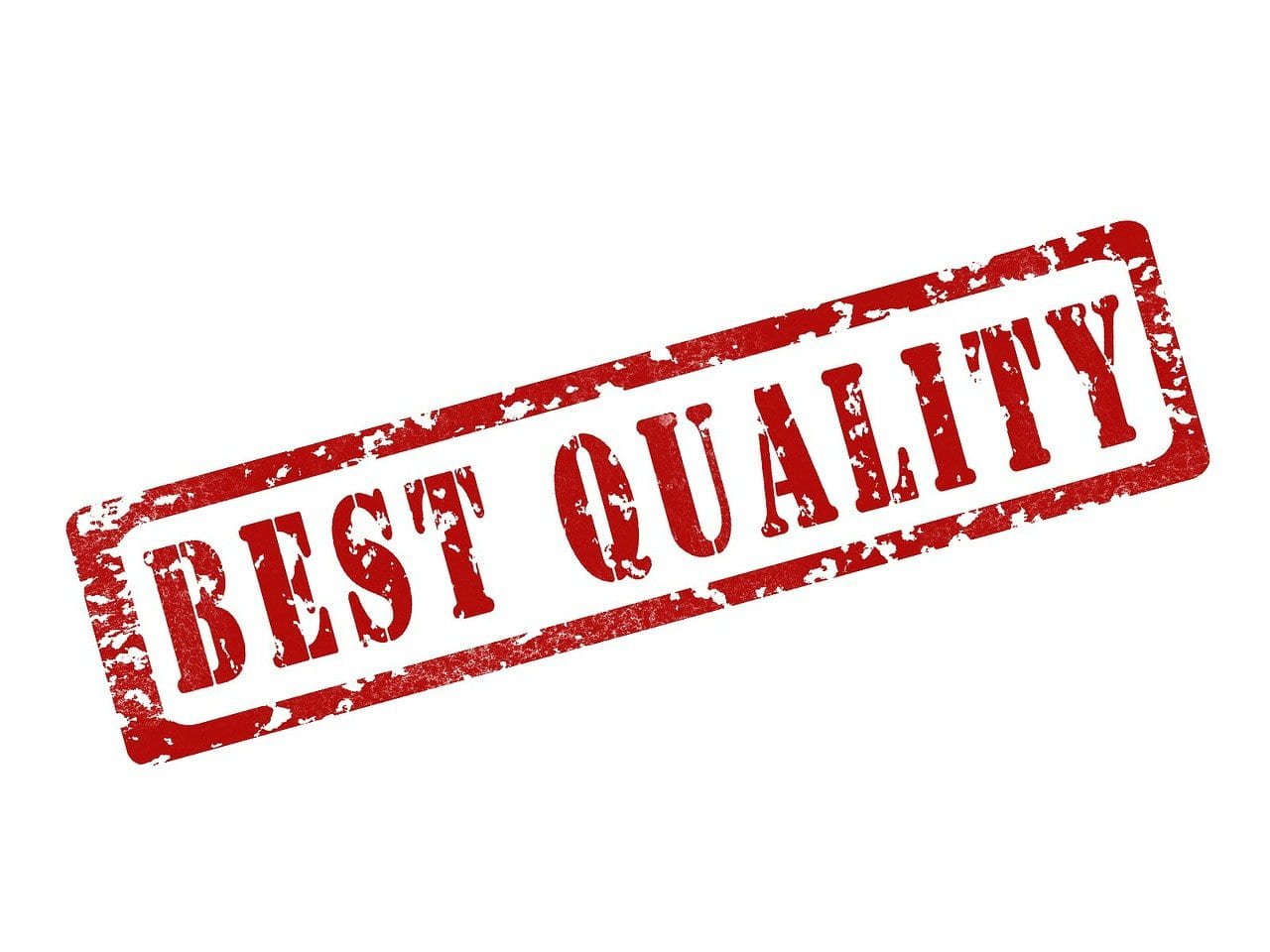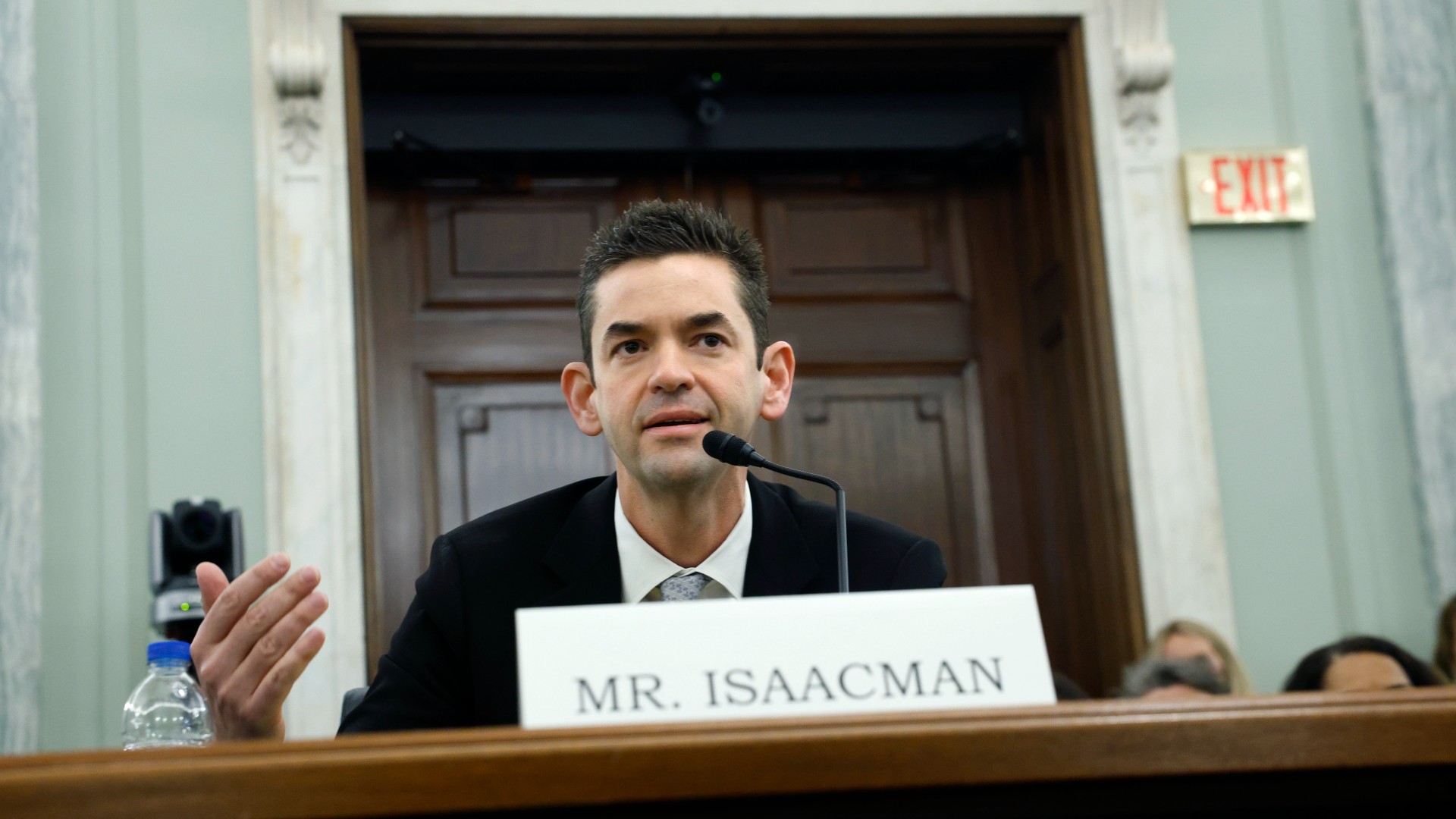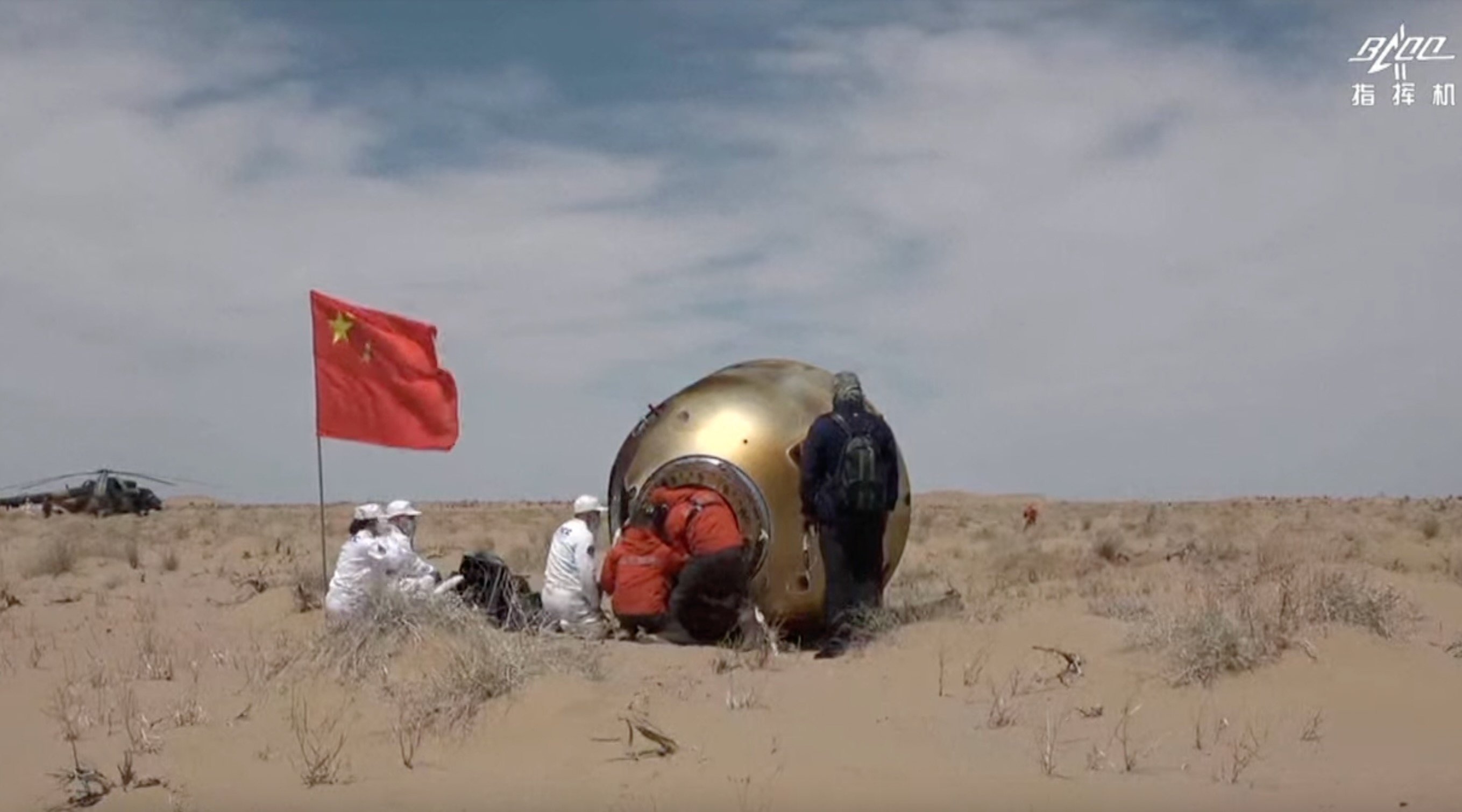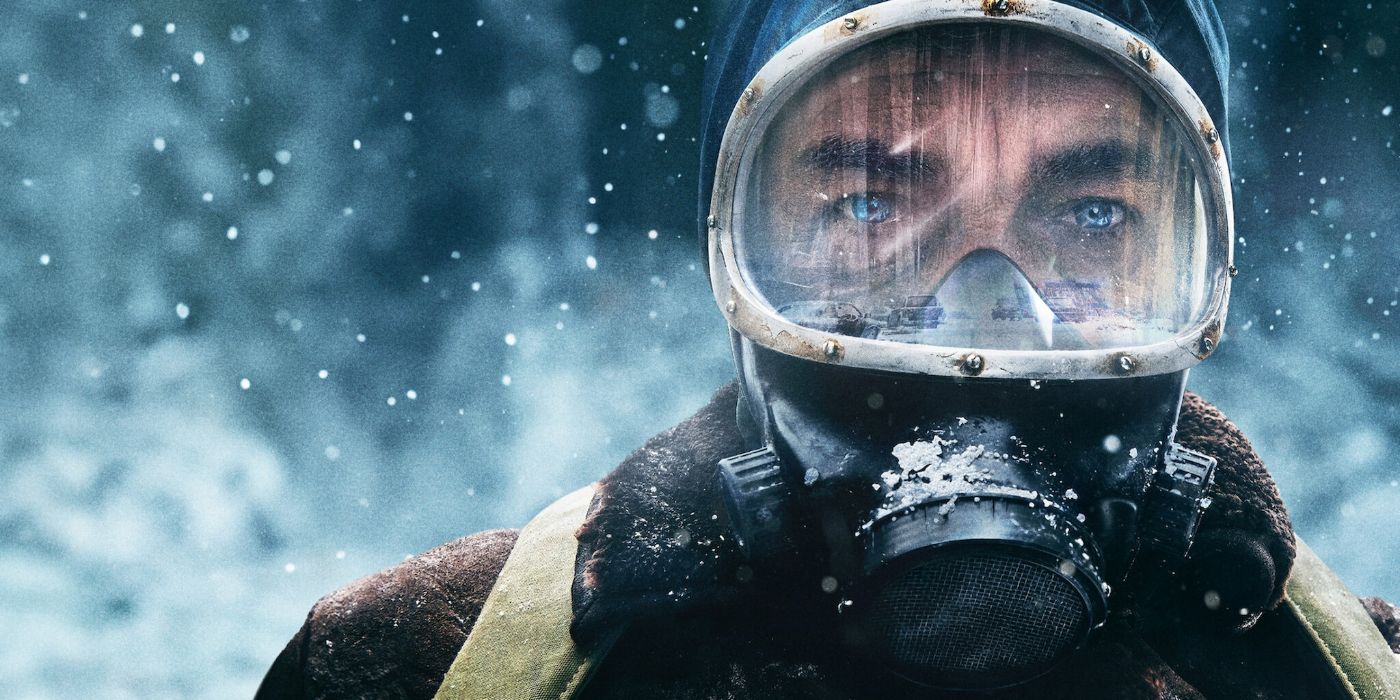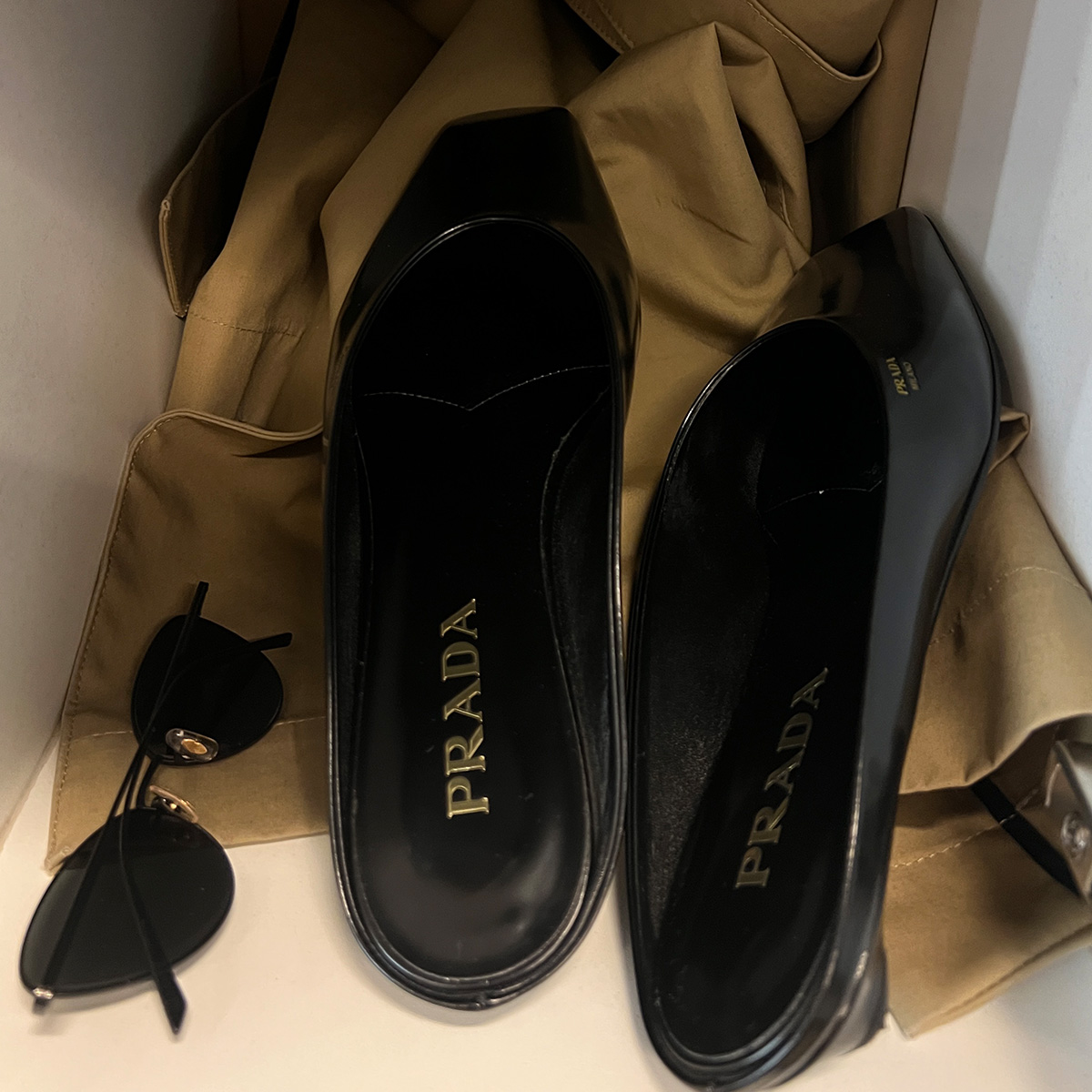Border buoys may be deployed near Canada: Exclusive
Over the past few years, these buoys were used by Texas across the Rio Grande to combat the flow of illegal immigration. The move generated controversy.

(NewsNation) — Controversial buoy barriers that have been used along the southern border may also be deployed along the U.S.-Canada border, NewsNation has exclusively learned.
Over the past few years, these buoys were used by Texas across the Rio Grande to combat the flow of illegal immigration. The move generated controversy and a lawsuit from the Biden administration.
Now NewsNation has learned that the same buoys may be deployed at the northern border, specifically in a Montana lake that stretches into Canada.
Border buoys already used across Rio Grande
The Trump administration is weighing this latest move, which could see floating buoy barriers stretching across lakes that border our neighbors to the north.
Texas Gov. Greg Abbott (R) called buoys a cost-effective solution to securing the border.

Editor's Note: The image above shows buoys being used as a barrier to curb illegal border crossings in the Rio Grande river in Texas.
In an earlier exclusive interview with NewsNation, Abbott said buoys are one of the most effective ways to discourage migrants from trying to cross from Mexico into Texas. He added the cost is “one-tenth” that of a border wall.
He spent $850,000 on an initial 1,000-foot-long barrier of buoys to be anchored in concrete along the Rio Grande, in the waters between Eagle Pass, Texas, and Piedras Negras, Mexico.
Buoys along the northern border
The acting Spokane sector chief told NewsNation that they are in the planning phases of putting bright orange buoys into Lake Koocanusa, which spreads into Canada.

Jason Liebe, with the Spokane sector, told NewsNation the barriers will help agents monitor waterways into the U.S.
“If they make landfall, they legally enter the United States if they get off that boat,” he said. “So that stuff we have to monitor. We believe that the buoy barriers would be very helpful for that to keep that traffic out the legitimate traffic in.”
One concern about the buoys is at mom-and-pop shops on the U.S. side who would be impacted by seeing fewer people coming across to shop and frequent those businesses.
But one of the solutions there might be the CBP road map. It’s an app that allows you to put in your vessel and passenger information, and then could allow you to navigate around those buoys.
That could also take out some of the guesswork for the agents who are in the water trying to figure out if people are just tourists or if they have nefarious intent.
US border security with Canada
Crossings from Canada into the U.S. have dropped significantly during President Donald Trump’s trade war, including both legal and illegal crossings.
The increased barriers could also tie into Canadian policy following the election of the Liberal party and its leader, Mark Carney.
Carney is saying that the days of depending on the U.S. are over and he’s ready to spend big to make Canada more self-reliant.
That includes a major shift at the border. Canada may pull back from years of close coordination with the U.S. on immigration and security. Carney is pushing for tighter controls, more enforcement and a clear line between the two countries to protect Canadian sovereignty.
One way to do that, more barriers that would give both the U.S. and Canada more control over their respective side of the border.
Other border barriers are also in the works, including vehicle barriers that would prevent traditional vehicles, ATVs and snowmobiles from crossing.
































